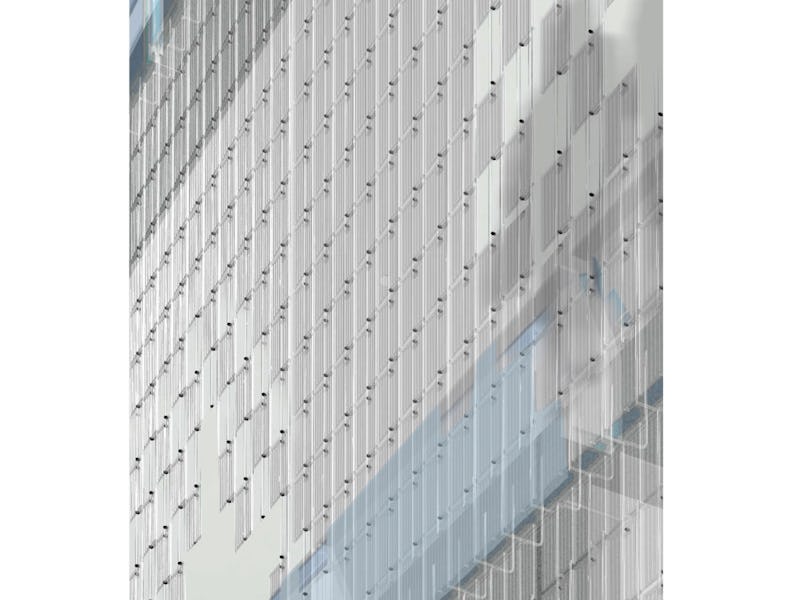This Game-Changing Material for Spacecraft Regulates Its Own Temperature
"It's like a sponge, to be honest."

Mother Nature is a constant source of technological inspiration. But she’s also had millennia to craft her systems, so recreating them is no easy task. Take the case of the human body, which possess a multitude of miracles that scientists are still generations away from being able to replicate in the lab.
The human body’s ability to regulate its own temperature is just one characteristic scientists would love to recreate and put to use. And last Friday, a group of researchers from the University of Nottingham unveiled a new polymer material that can do just that. Led by Dr. Mark Alston, a professor in environmental design, the team has tackled the challenge of incorporating a complex thermal process into human-designed materials. The results published last week in a new paper in Nature
How A Material Can Regulate Its Own Temperature
Alston and his team said they were inspired by the processes they saw in leaves and animal tissue and knew it had the potential to address the pesky problem of temperature control in material science, with applications ranging from burn treatment to space travel.
“Nature actually deals with thermal management in a completely different way,” Alston tells Inverse. “So nature looks into an absorption approach, where they actively harness and capture solar radiation energy into a material and then they take the energy out of the material to be used for growth, proliferation of the species, or regulation of temperature.”
In an array, individual units may react differently than their direct neighbors when exposed to stimuli like sunlight or shadow.
The team mirrored this technique, creating A5-sized units that can capture and redirect energy. The cell-like structures redirect energy using fluidics, a field of research often used in medical research that uses properties of a liquid to operate a system. Differences in pressure or flow rates can act as switches to cue reactions.
The physics may sound daunting, but your body uses fluidics all the time to regular temperature in a more familiar process, sweating.
“So very similar to the human body, where if we’re sitting down, the fluid in our bodies don’t move as quickly, so it’s low flow,” Alston explains. “But if we start to run very quickly, the body recognizes a change of requirement, so the flow in the human body will start to increase circulation faster because it needs the energy and therefore we perspire more.”
What Are These Used For?
The power of thermal self-regulation opens astronomical opportunities — in both senses of the word. If constructed in silicon form, the material could be wrapped around skin to monitor burn victim injuries, or shrunk down to chip size and used in semiconductors. But most notably, if integrated into spacecraft design, the material could combat the intense thermal stress that accompanies a trip to space.
Because each cell is an individual unit that functions based on its own inputs, an array of them could fit perfectly into space applications. Neighboring units can have completely different responses, so worked into the body of a spacecraft, a unit in sunlight and a unit in shadow could be right next to one another while maintaining a comfortable temperature for the material — all without any manual work by the crew. Say goodbye to heat spots.
The group hopes to partner with the space industry to scale-up its operations and continue testing their nature-inspired material.
“The beauty of nature is that it looks effortless,” Alston tells Inverse. It’s very resolved, functionalized, and that’s what we’re trying to do.”
Related Video: How Plants Break a Sweat